Common Winter Weeds in North Carolina (With Pictures)
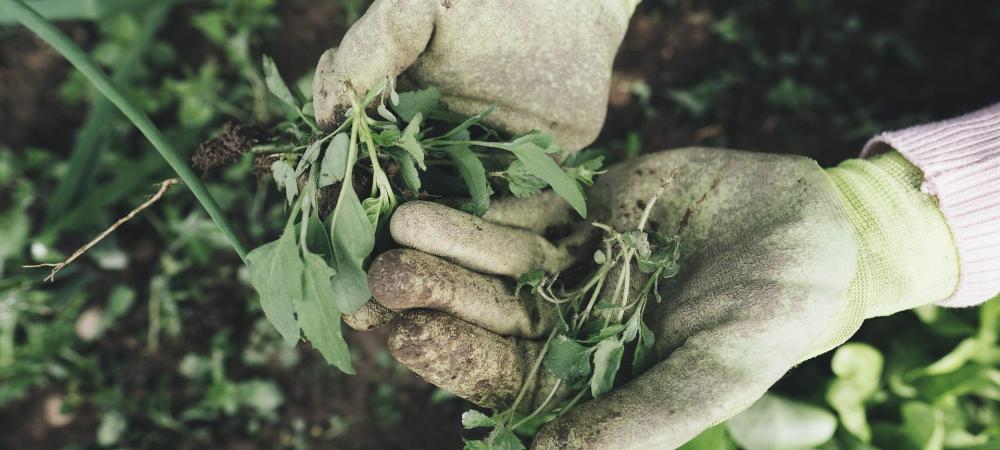
Depending if you live near the coast or in the mountains, you might be getting snow this winter - but beneath its surface lies a persistent challenge for gardeners and homeowners alike: winter weeds. As temperatures drop, these resilient invaders take root, threatening to disrupt the beauty of your landscape. In this blog, we'll explore the most common winter weeds in North Carolina, discuss how to identify them and provide effective strategies for their eradication.
The Most Common NC Winter Weeds And How To Get Rid of Them
Whether you are dealing with annual winter weeds or have just started noticing weeds popping up in your healthy lawn, here are some of the most common weeds that infest NC lawns in the winter, including:
1. White Clover (Trifolium repens)
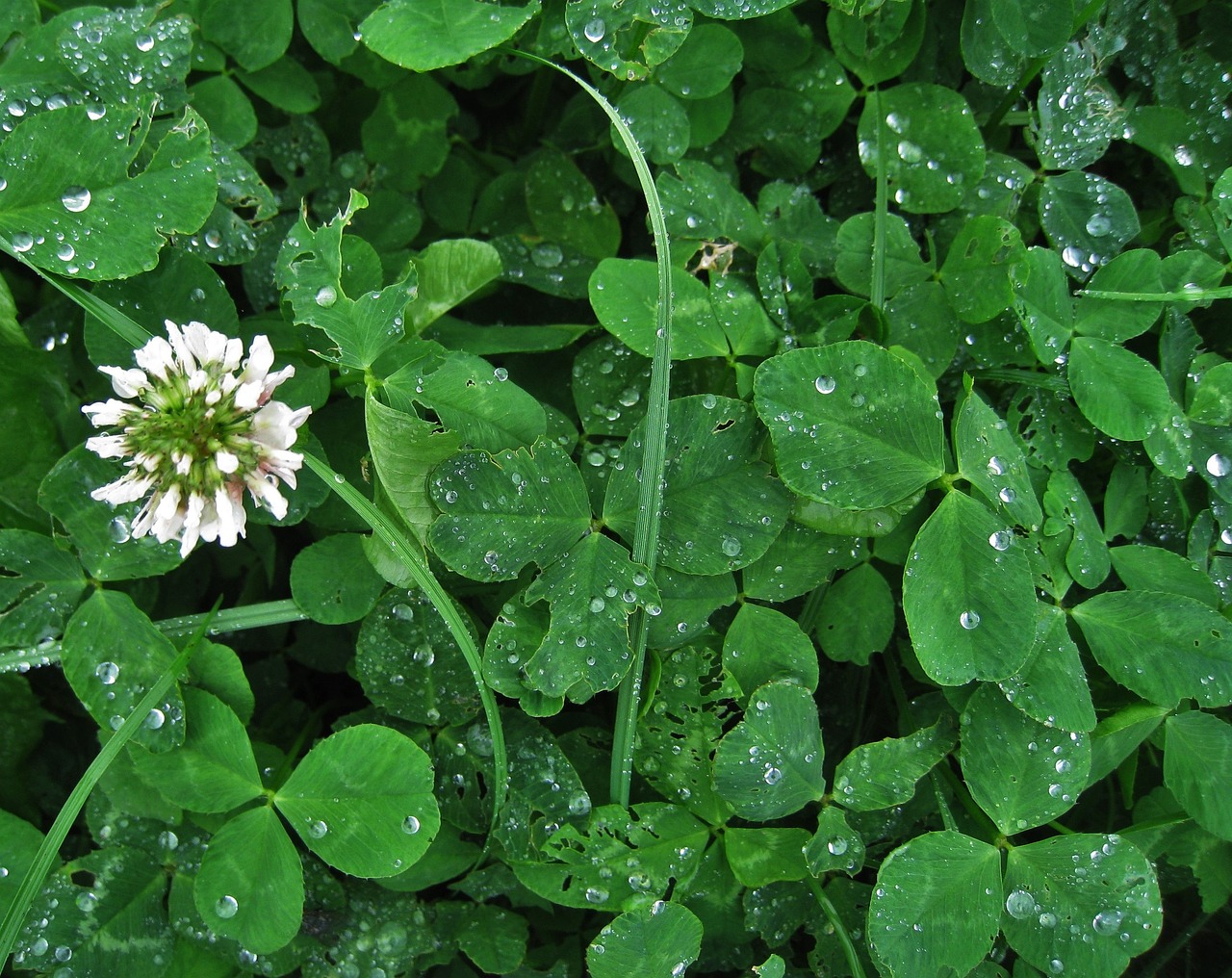
How To Identify White Clover: White Clover is a low-growing weed with distinctive trifoliate leaves, each leaflet featuring a white, crescent-shaped mark. It produces globe-like clusters of small white flowers.
How To Get Rid of White Clover: Control methods for White Clover include regular mowing to discourage flowering and hand-pulling for isolated plants. Applying broadleaf herbicides, specifically targeting clover, can be effective in larger infestations. Ensure the herbicide used is suitable for your lawn type and follow application guidelines carefully.
2. Dandelions (Taraxacum officinale)
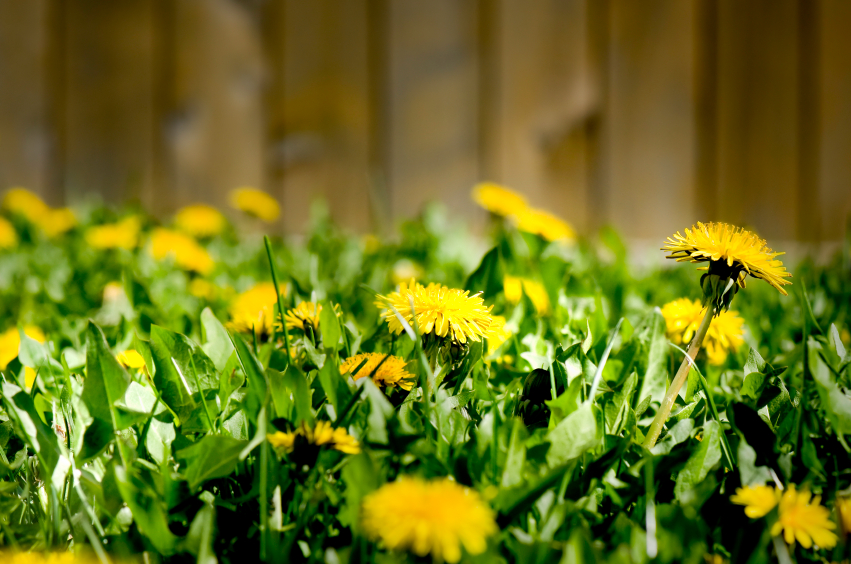
How To Identify Dandelions: Dandelions are easily recognizable with their iconic yellow flowers composed of numerous ray-like petals and a fluffy seed head. The leaves are deeply lobed and form a rosette close to the ground.
How To Get Rid of Dandelions: Managing Dandelions involves various strategies. Hand pulling is effective for isolated plants, ensuring you remove the entire taproot. Regular mowing can prevent seed head formation. For persistent infestations, consider using broadleaf herbicides designed to target Dandelions. Apply herbicides during the plant's active growth phase, typically in spring or fall, following product instructions carefully to avoid harm to desirable plants.
3. Chickweed (Stellaria media)
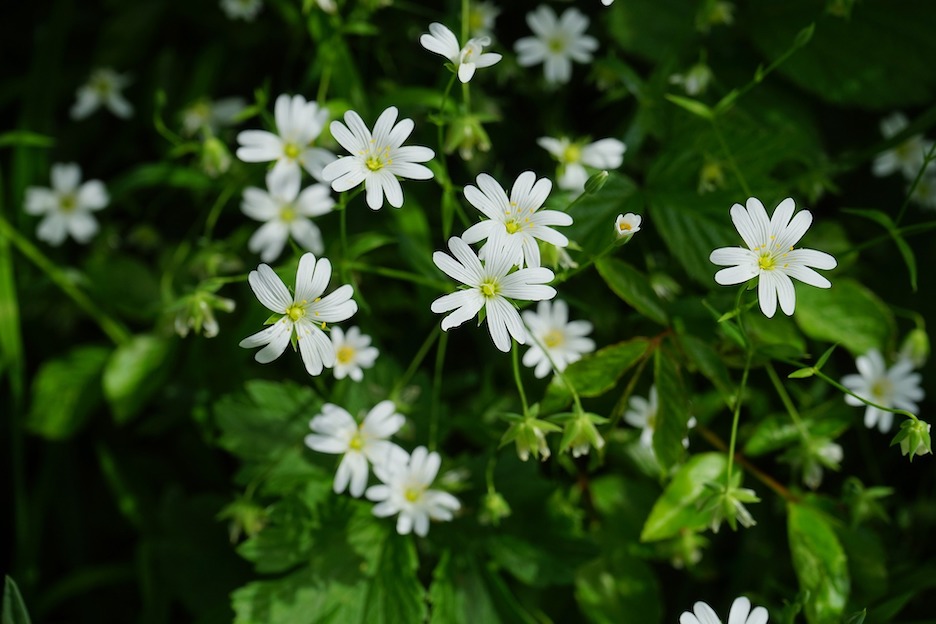
How To Identify Chickweed: Chickweed is a low-growing, mat-forming weed with small, oval-shaped leaves arranged in pairs. It produces small white flowers with five petals.
How To Get Rif of Chickweed: Regular mowing and hand weeding can help control common chickweed. Applying pre-emergent weed control herbicides in the fall is also effective in preventing its growth.
4. Henbit (Lamium amplexicaule)
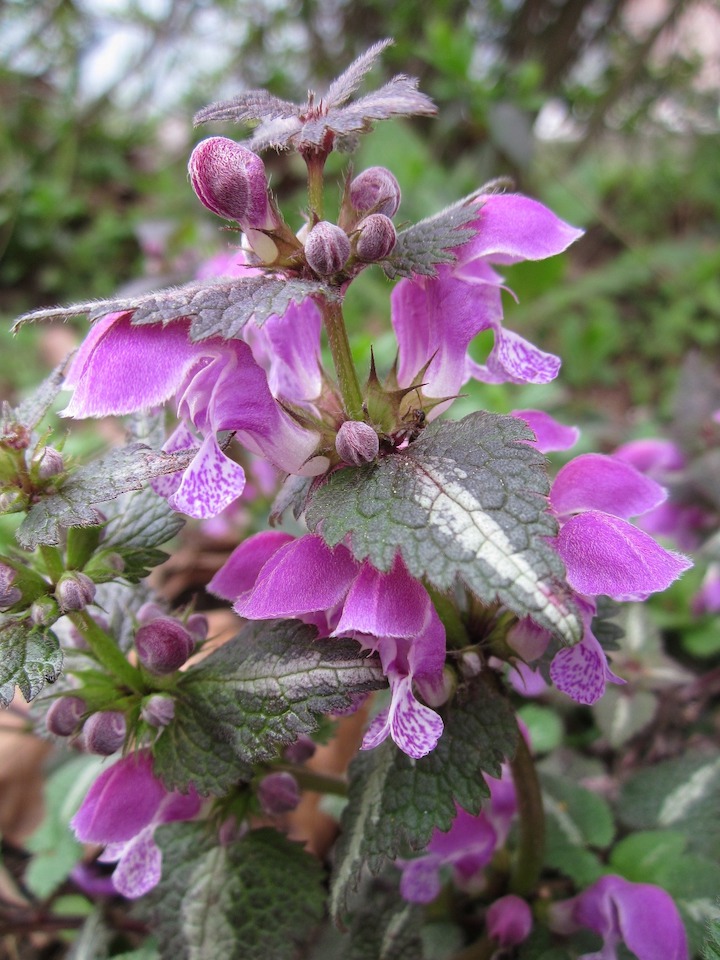
How To Identify Henbit: Henbit features square stems, opposite leaves, and tubular purple flowers. It often grows in dense patches and can reach up to 16 inches in height.
How To Get Rid of Henbit: Hand pulling or using a hoe can be effective for small infestations. Applying a post-emergent herbicide in late fall or early winter is recommended for larger areas.
5. Wild Garlic (Allium vineale)
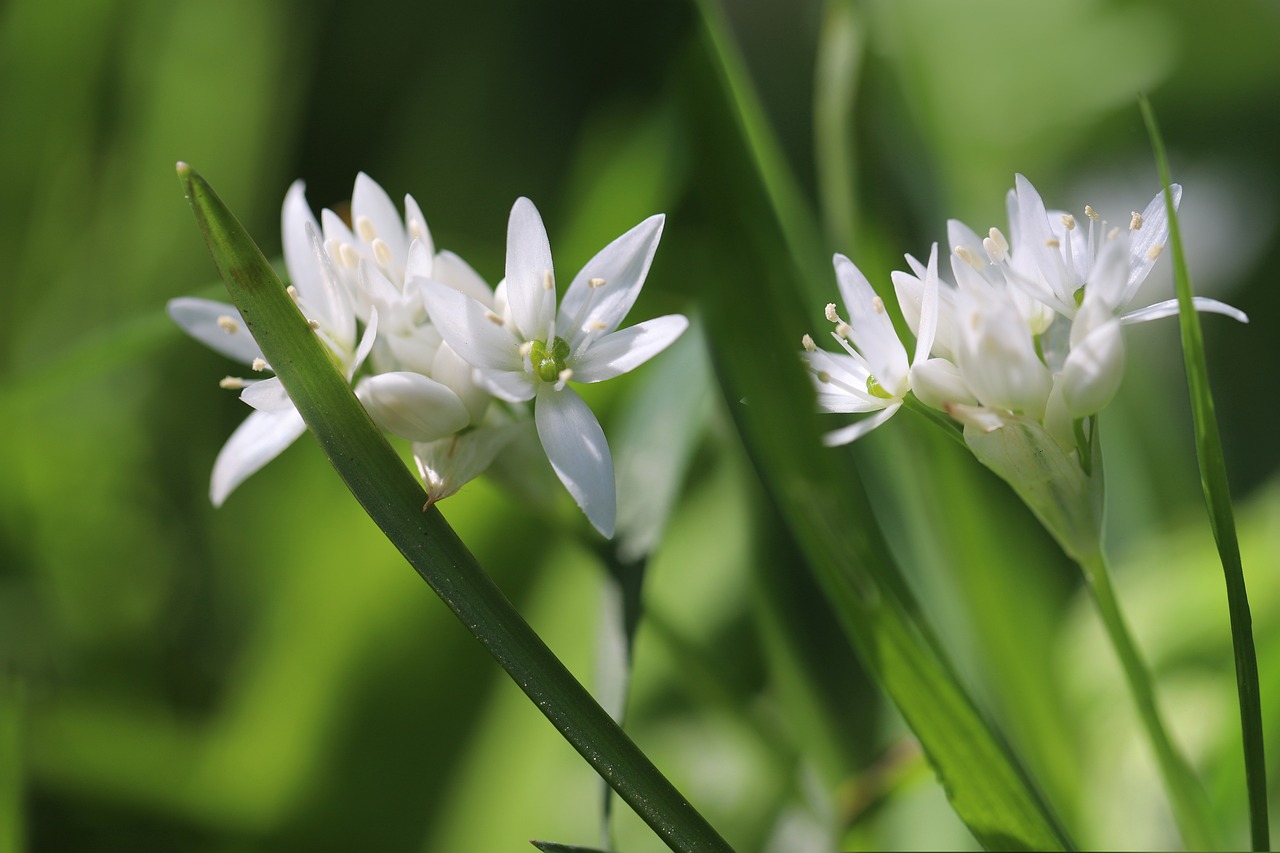
How To Identify Wild Garlic: Wild garlic resembles common garlic but has narrow, grass-like leaves. It produces small, white flowers and has a distinct garlic odor when crushed. This plant is often confused with wild onions.
How To Get Rid of Wild Garlic: Hand pulling is practical for small infestations. Applying herbicides containing glyphosate or 2,4-D is effective, but caution is needed to avoid damage to desirable plants.
6. Poison Ivy (Toxicodendron radicans)
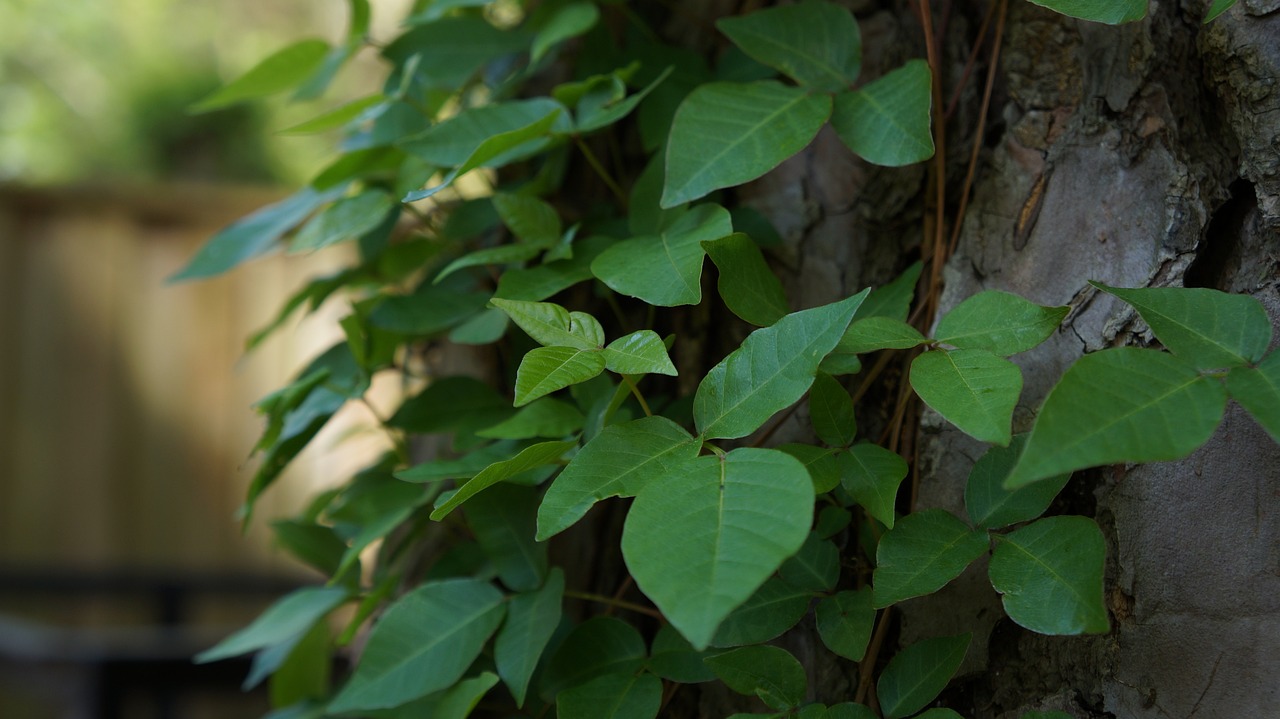
How To Identify Poison Ivy: While not exclusive to winter, poison ivy can persist year-round. It has three leaflets, which can vary in appearance. It may be a vine or a shrub.
How To Get Rid of Poison Ivy: Protective gear is essential when handling poison ivy. Manual removal or cutting and treating with herbicides are common control methods.
7. Annual Bluegrass (Poa annua)
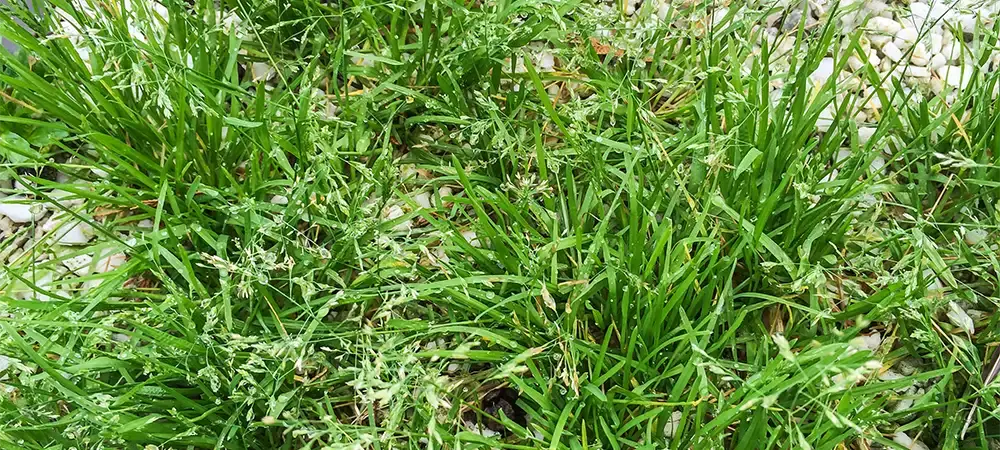
How To Identify Annual Bluegrass: Annual bluegrass has fine, bright green leaves and seed heads that resemble a boat-shaped bow. It forms dense patches in lawns.
How To Get Rid of Annual Bluegrass: Cultural practices such as proper lawn maintenance and overseeding with competitive grass varieties help control annual bluegrass. Herbicides containing mesotrione or glyphosate can be used selectively.
8. Hairy Bittercress (Cardamine hirsuta)
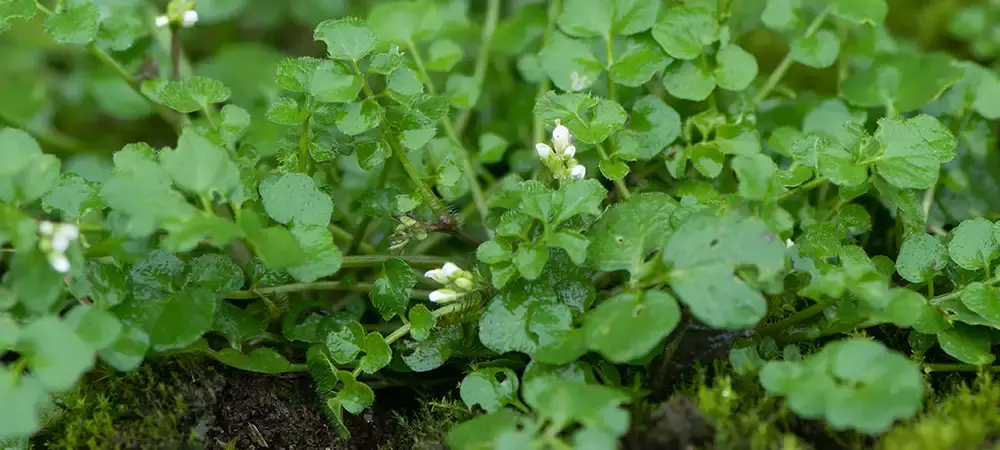
How To Identify Hairy Bittercress: Hairy Bittercress is a low-growing weed characterized by small, compound leaves and tiny white flowers. Its seeds have the unique characteristic of explosively dispersing when touched.
How To Get Rid of Hairy Bittercress: To control Hairy Bittercress, it's crucial to hand-pull the plants before they go to seed. Applying mulch can also aid in preventing new seed germination.
9. Wintercress (Barbarea vulgaris)
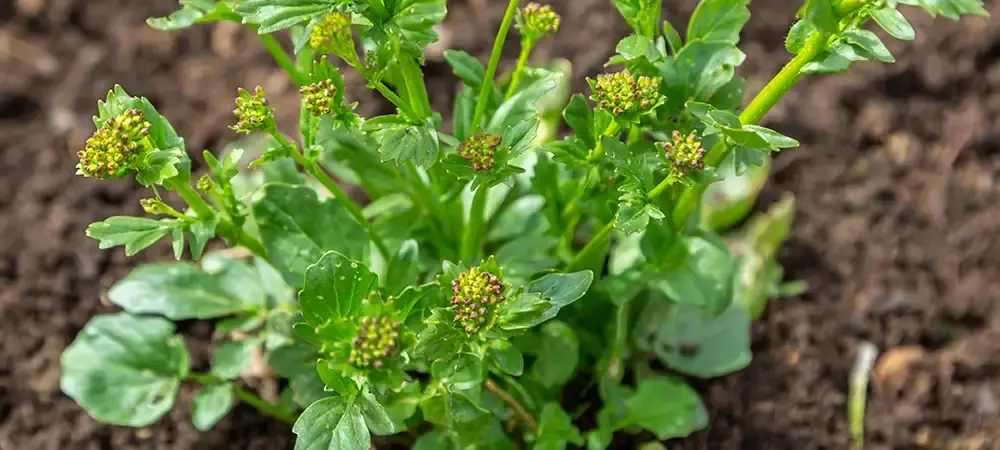
How To Identify Wintercress: Wintercress is an upright weed with lobed leaves and clusters of small yellow flowers. Typically, it is found in disturbed areas.
How To Get Rid of Wintercress: Managing Wintercress involves manual removal, ensuring the entire plant is uprooted. In cases of larger infestations, the application of broadleaf herbicides can be effective.
10. Common Groundsel (Senecio vulgaris)
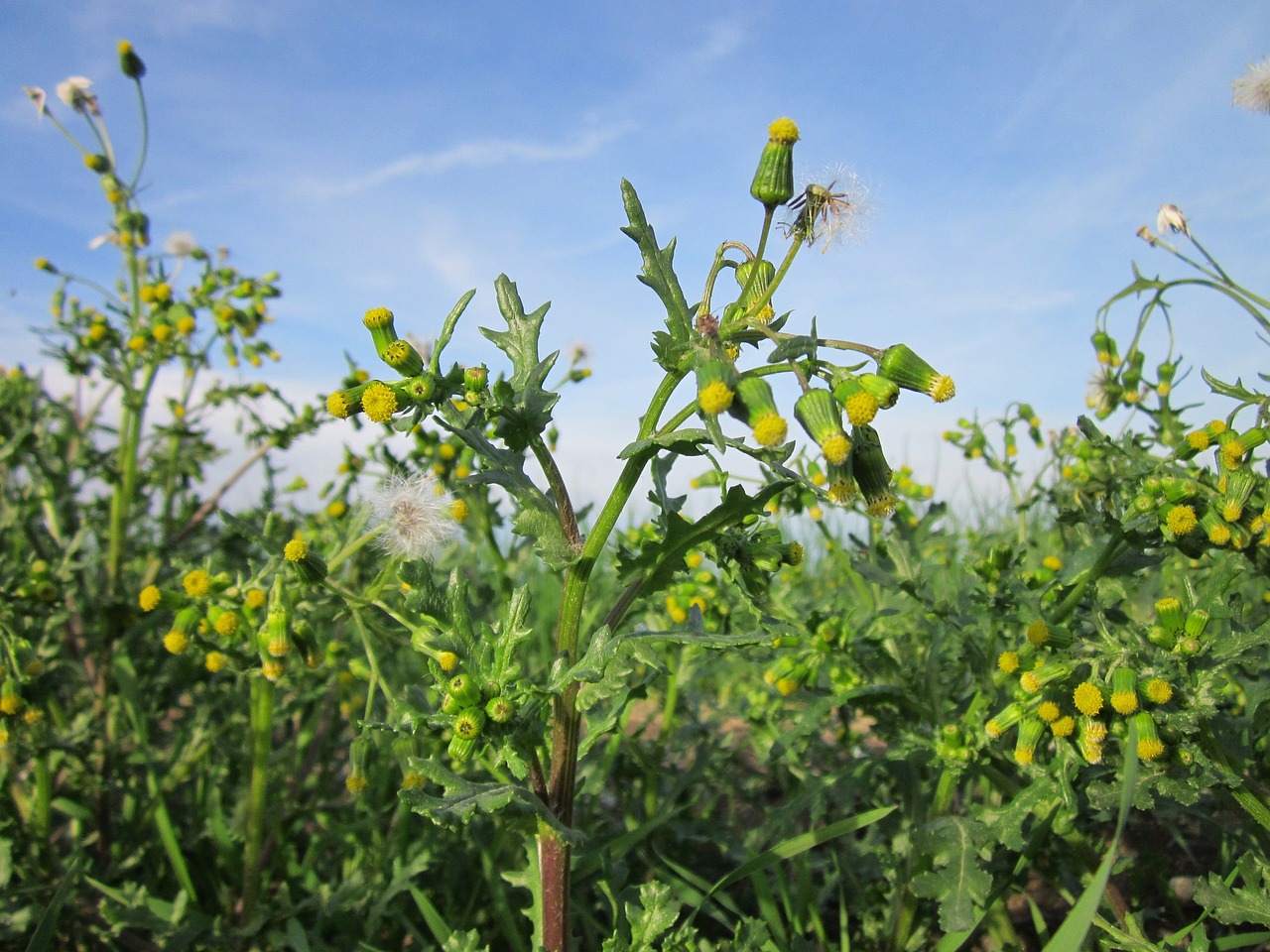
How To Identify Common Groundsel: Common Groundsel is a low-growing weed featuring toothed leaves and small yellow flowers. It is commonly found in disturbed areas.
How To Get Rid of Common Groundsel: Effective control involves hand pulling, ensuring complete removal, and, for larger infestations, using herbicides with caution.
11. Annual Sowthistle (Sonchus oleraceus)
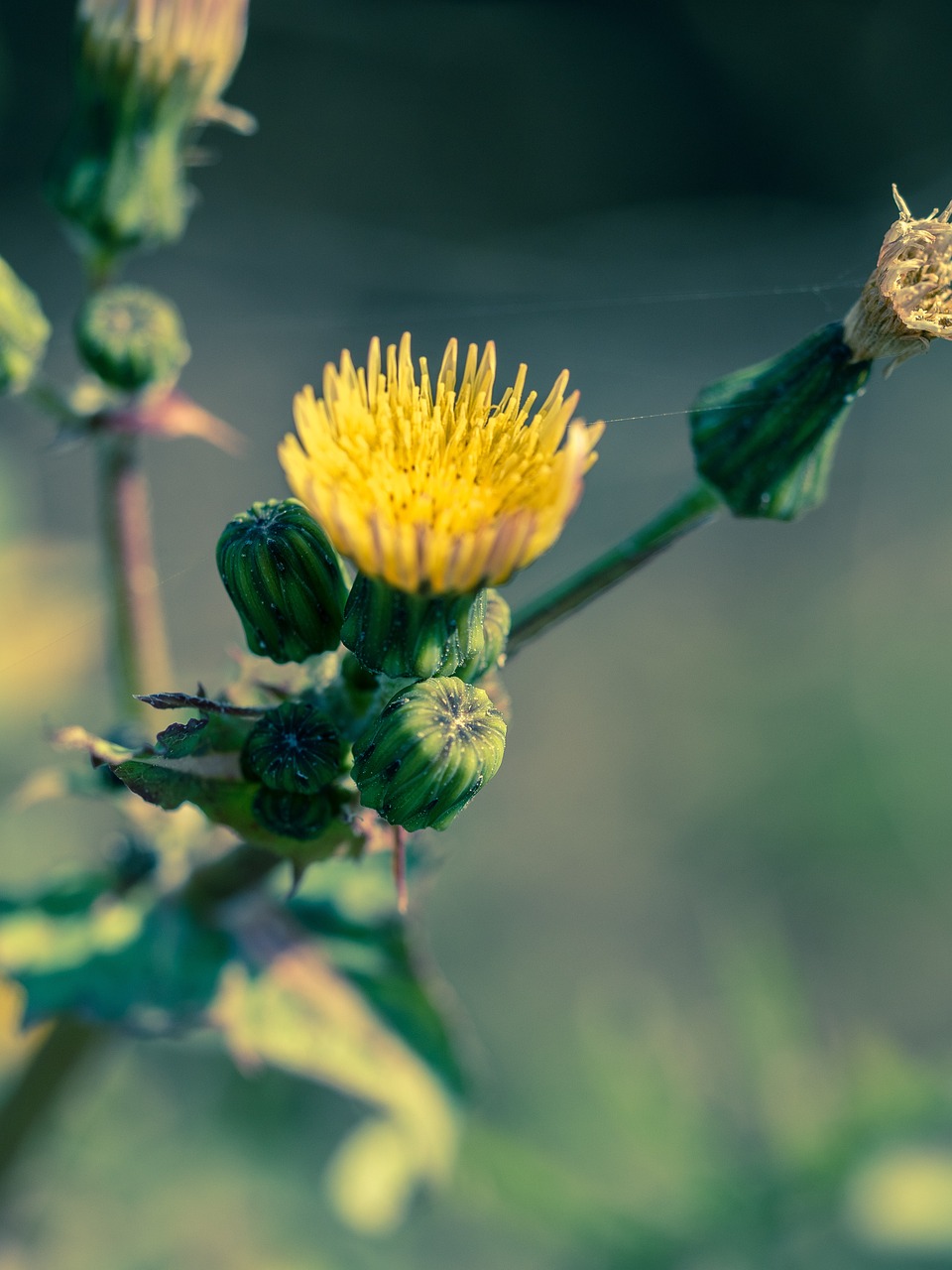
How To Identify Annual Sowthistle: This weed presents itself as an erect plant with lobed leaves and vibrant yellow flowers. It thrives particularly well in cultivated fields and gardens. Sowthistles are commonly confused with dandelions. Annual Sowthistles have the spade-shaped leaves and multiple flowers from each rosette, while dandelions sprout spiky leaves and a single flower from the rosettes.
How To Get Rid of Annual Sowthistle: Control methods include hand pulling for individual plants and regular mowing. Herbicides may be necessary for persistent infestations.
The Best Winter Weed Control Tips
When it comes to getting rid of unsightly weeds, here are some of the most common general practices to help protect your yard from annoying weeds:
Cultural Practices
- Implement proper lawn care practices, including regular mowing, aeration, and overseeding with competitive grass varieties.
- Mulching garden beds helps suppress weed growth and insulate plant roots.
Hand Weeding
- Regularly inspect your garden and manually remove weeds, ensuring you pull them out by the roots to prevent regrowth.
Chemical Control
- Apply pre-emergent herbicides in the fall to prevent weed seeds from germinating.
- Post-emergent herbicides can be used for existing weed populations. Selective herbicides target specific weeds without harming desirable plants.
Natural Remedies
- Consider natural alternatives like vinegar-based herbicides for spot treatments.
- Utilize organic mulches to discourage weed growth.
North Carolina's winter may be mild, but the battle against winter weeds is real. By identifying common lawn weeds and implementing effective control strategies, you can reclaim your garden from the clutches of these resilient invaders. Whether through cultural practices, manual removal, or carefully chosen herbicides, maintaining a proactive approach will ensure a healthier, more vibrant landscape when spring arrives.
For more tips and tricks, contact our team of experienced Charlotte lawn care technicians. If you are looking to get a weed-free lawn year-round, schedule your yard inspection today!
